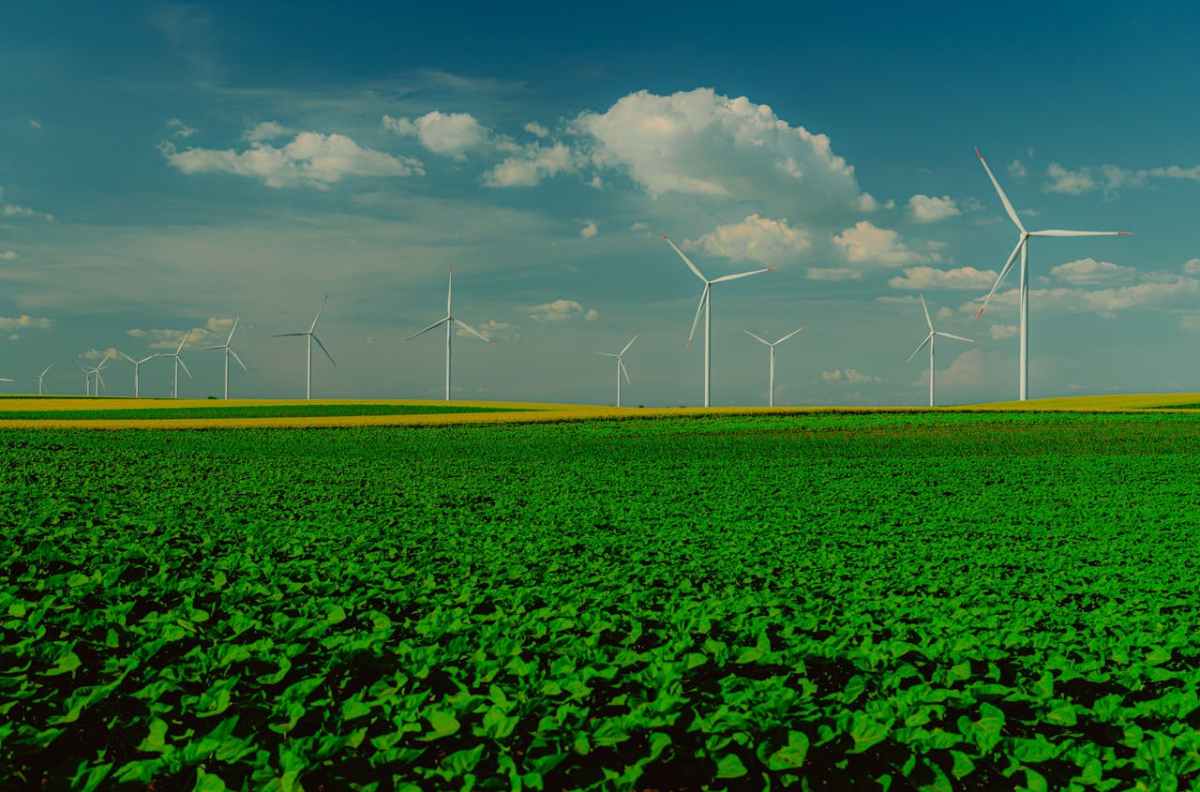Before analysing the relationship between carbon footprint and decarbonisation, let’s look at a brief definition of each of these two concepts closely linked to the fight against climate change.
Carbon footprint: what is it?
The carbon footprint is the trace of greenhouse gases (GHG) generated by human activity, both directly and indirectly.
There are different types, such as the personal carbon footprint, which covers issues related to the home, transport and lifestyle. There are also product footprints (related to the life cycle of a product), corporate footprints (associated with organisations or companies), and the broader sector or industry footprints, or those associated with specific events.
What is decarbonisation?
Decarbonisation is the process of progressively reducing carbon emissions (mainly CO2) associated with human activity.
The aim is to minimise the impact on climate change and thus move towards a carbon-neutral economy.
This requires transforming energy, industrial and transport systems to reduce dependence on fossil fuels through greater use of clean technologies and renewable sources.
What is the relationship between carbon footprint and decarbonisation?
Given that you cannot reduce what you do not know, the first step towards decarbonisation is to quantify your ecological footprint in order to identify the critical emission points of a given activity or organisation and thus be in a position to design plans and prioritise effective actions.
The information obtained from calculating the carbon footprint makes it possible to advance the decarbonisation process by implementing measures that reduce emissions.
These measures may include improving energy efficiency, replacing fossil fuels with renewable energies, optimising processes and materials, reusing materials and promoting the circular economy, or offsetting emissions through initiatives such as reforestation or carbon capture.
We can therefore consider the measurement and understanding of the carbon footprint as a starting point for any decarbonisation strategy, as well as two concepts of great relevance in the fight against climate change, as we mentioned at the beginning of this article.
Telefónica and decarbonisation
For Telefónica, identifying the challenges and opportunities linked to climate risk has been the starting point for defining its decarbonisation strategy, which is articulated in models with specific actions to address the main risks and opportunities, as set out in the company’s Climate Action Plan.
With the aim of achieving net zero by 2040, it has set a series of short-term (2025), medium-term (2030) and long-term (2040) targets:
- In terms of energy efficiency, in the short term, improve energy consumption per unit of traffic by 90% compared to 2015.
- With regard to renewable energy, in the short term, maintain 100% of electricity from renewable sources in the main markets, reaching 100% in all markets in the medium term.
- For scope 1 and 2 emissions, reduce them by 90% in the short term in the main markets and by the same amount globally in the medium term.
- Scope 3 emissions: reduce them by 39% globally in the short term and achieve 56% in the medium term. For all three scopes, the common long-term target is a 90% reduction.
- Carbon dioxide emissions avoided by customers: a short-term target through connectivity services and Eco Smart.
- Annual offsetting and neutralisation of residual emissions from scopes 1 and 2 in the main markets.
Telefónica also believes that the strategic vision of decarbonisation will bring other improvements in the company’s financial results, positioning and competitiveness.











